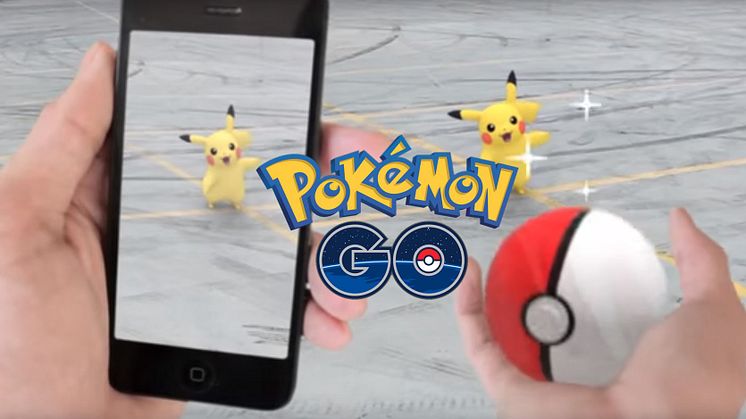
Blog post -
The Digital Rebirth Of Pokémon & What It’s Taught Marketers
I was 7 years old when the Pokémon craze first swept the nation. Kids in my class fought over collectable cards with anime creatures on and raced home to catch the cartoon on CITV. I wasn't allowed the cards and I was never that fussed; I had a pirate island.
But fast-forward 20 years to 2016 and the streets of London are the school playground again; people’s heads are down, buried in their phones, hunting for animated creatures in a reality-based mobile game and telling their colleagues about the creatures they've just captured. It’s Pokémon Go, and this time around I’m very much a part of the game.
So how is it that a concept that once appealed to a target audience of kids is now so popular amongst grown adults? My hunch is that it boils down to a bit of nostalgia and a few ingenious marketing principles that we should probably all keep in mind...
To revive a brand you need to keep it alive...
Pokémon has consistently developed itself over the past 20 years, evolving from physical cards to TV shows, computer games and merchandise, and its presence alone has helped sell the game to generations of fans. Pokémon Go, a mobile app, was the next logical step and they've timed it impeccably...
Timing is everything...
The launch date of Pokémon Go is no coincidence. The sun is shining (well...perhaps not so much in the UK), people are packing-up their desks for the summer, and they want to get outside. But it’s also good timing in a broader perspective; it's the 20 year anniversary of Pokémon and fans who were children when it first launched are now 20-something adults more buying power than our parents allowed us back then.
People are more connected than ever...
How many ads did you see for Pokémon Go leading up to its launch? Probably none. But what you did hear is people talking about it. People playing it.
It’s 2016 and, metaphorically speaking, we live online. Thanks to our social media-integrated world, social proof is everything nowadays. As consumers, we don’t tend to buy or invest in something unless it’s had good reviews. We don’t notice brands or businesses unless our trusted peers are already talking about it.
Pokémon Go didn’t invest much into advertising because it didn’t need it. You don't need a huge advertising budget to be an effective marketer. You just have to connect with people.
Customers need rewarding...
For now, Pokémon Go is a free app and users are rewarded as they progress to new levels with bonus features such as “rare” Pokémon and battles. The rewards are for continued investment, and that’s what keeps users playing—sometimes at the expense of their productivity (ahem...). Whether the game will remain a free app or not, Pokémon Go has certainly captured a keen audience already and a base from which to broaden their reach to paid customers, if that's the route they decide to take.
Simplicity is key...
What do the world’s most popular tech, social media and PR tools all have in common? They’re smart but they’re simple. Another component of Pokémon Go’s success is its simplicity; it’s pretty easy to pick up the basics of the app - all you really need to do is walk around, check your phone occasionally, and stay alert for phone vibrations and new Pokémon in the area. Pokémon Go is addictive because of the ease and the competitive elements, and that's what will keep users engaged.
Never underestimate the power of nostalgia...
The majority of 20 somethings grew up in a Pokémon age; we witnessed the birth, so to speak. And therein lies the nostalgia and a real sense of ownership and loyalty to them. If a person can relate to a brand, in some way, shape or form, then they're more likely to be emotionally invested in it. Well hey, that's my excuse anyway!
So, keep these lessons in mind with your own marketing efforts and you'll hopefully see a lift in customer acquisition and retention. And if that fails, there's plenty of Pokémon left to go catch! #GottaCatchEmAll

